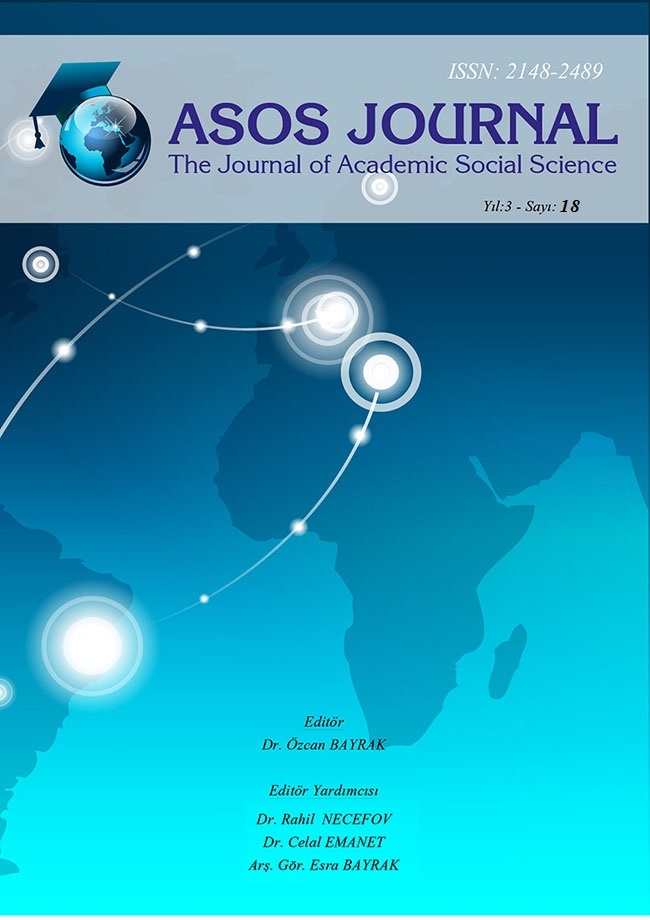Author :
Abstract
Bu çalışma, Abant İzzet Baysal Üniversitesi Beden Eğitimi ve Spor Yüksekokulu Beden Eğitimi Öğretmenliği Bölümü’nde öğrenim gören öğretmen adaylarının öğretmenlik mesleğine yönelik kaygı düzeylerini cinsiyet, sınıf ve yaş değişkenleri açısından belirlemek amacı ile yapılmıştır. Araştırmada tarama modeli kullanılmıştır. Çalışma grubunu ilgili bölümde öğrenim görmekte olan 112 öğretmen adayı oluşturmaktadır. Veri toplama aracı olarak araştırmacılar tarafından hazırlanan kişisel bilgi formu ve öğretmen adaylarına yönelik Cabı ve Yalçınalp (2013) tarafından geliştirilen mesleki kaygı ölçeği kullanılmıştır. Elde edilen verilerin çözümlenmesinde frekans, yüzde, ortalama, standart sapma, bağımsız gruplar t testi ve tek yönlü varyans analizi işlemlerinden yararlanılmıştır. Araştırma sonucunda beden eğitimi öğretmen adaylarının mesleğe yönelik kaygılarının az düzeyde olduğu belirlenmiş ve mesleğe yönelik kaygı düzeyleri cinsiyet değişkenine göre farklılaşmamış ancak sınıf ve yaş değişkenine gör
Keywords
Abstract
This study is conducted to determine the anxiety levels of preservice teachers at Abant İzzet Baysal Universtiy School of Physical Education and Sport Department of Physical Education in terms of sex, class, and age variables. Survey model was used in this study. The sample of the study consists of 112 preservice teachers having education the department. Data collection tools were Personal Information Form and Occupational Anxiety Scale developed by Cabı and Yalçınalp (2003). In analyzing the data frequency, percentage, mean, standard deviation, independent groups t-test, one-way ANOVA were used. According to the results of the study, it was found that the anxiety levels of physical education preservice teachers are not in the high level and there is not a significant difference in their anxiety toward their occupation in terms of gender variable but there is significant difference in terms of class and age variable.
